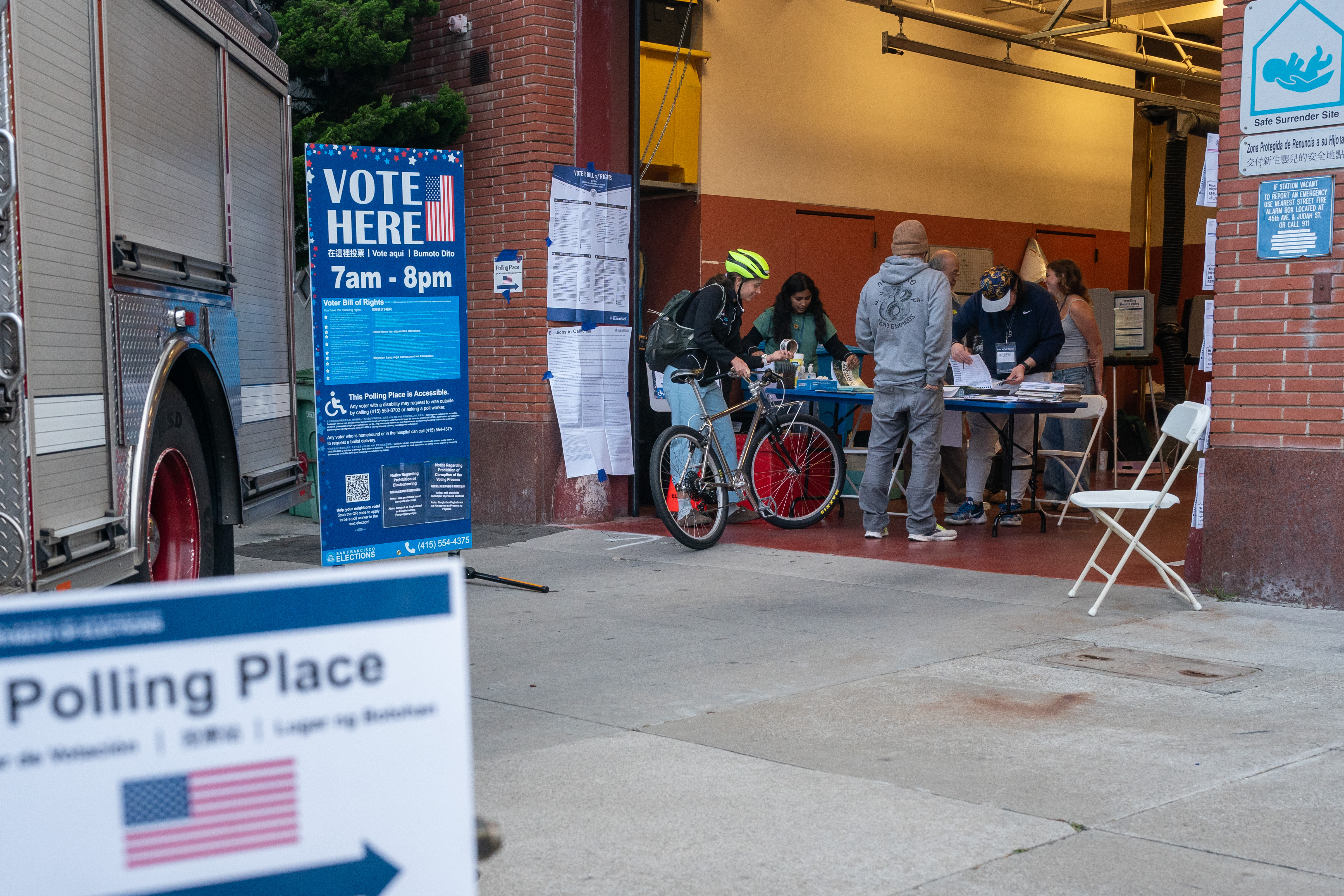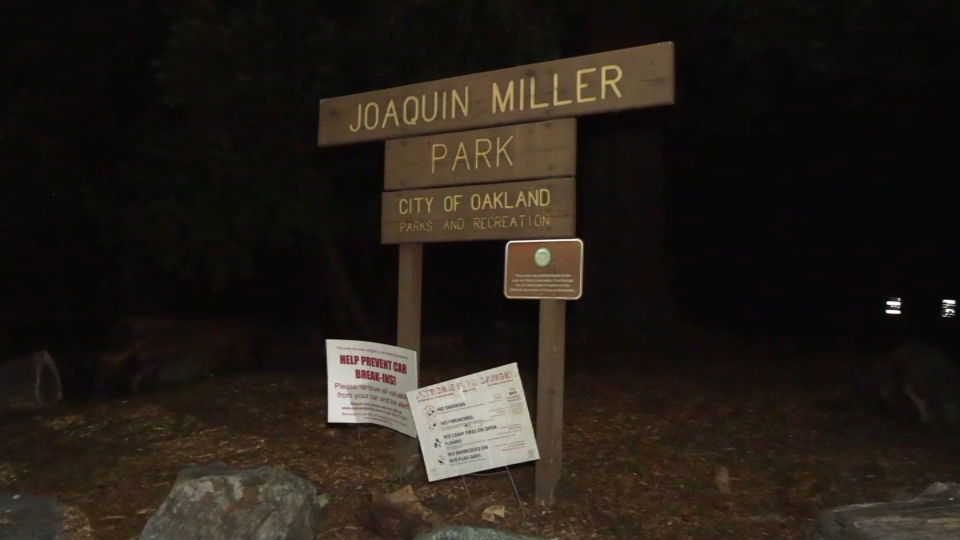
Looming La Niña climate conditions preceded by this year's hot, dry summer could spell trouble for California's water supply and increase the risk of flooding over the next 12 months, according to officials from the state Department of Water Resources.
In a media briefing to start the state's "water year," which begins Oct. 1, DWR Director Karla Nemeth said Thursday that state agencies are preparing for extreme weather events in the coming months.
"California has experienced the full range of climate challenges in recent years from extreme drought to severe flooding and we will be seeing more of that in the future," Nemeth said. "To meet these dramatic challenges, California is starting this water year with more accurate forecasting and additional investments in flood protection and groundwater recharge."
The National Oceanic and Atmospheric Administration's Climate Predication Center shows a 71% chance of La Niña conditions emerging this fall.
Over the past 100 years, 70% of La Niña years were dry but DWR officials also warn there is a good chance that whatever precipitation the state might get will arrive via stronger storms, which, along with sunbaked soils that dried out over the summer, increases the risk of flooding.
"California experienced record heat and dry conditions this summer, drying out the landscape and putting our hydrology behind before the water year even starts," said state climatologist Michael Anderson. "While there is still a lot of uncertainty around how La Niña could impact the state this year, we know we can count on it to include extreme conditions."
To help prepare for and mitigate those conditions, the state has invested in things like Forecast Informed Reservoir Operations, which allows water managers to better coordinate early releases of water into the Yuba and Feather rivers in advance of atmospheric rivers to better protect against flooding.
Local
DWR officials also said they've spent $7 million on an improved water management decision making program, California Stream Gage Improvement Program, and are investing millions on floodplain restoration and flood control improvement projects.
DWR officials struck a somewhat optimistic tone when describing the state's healthy water storage conditions as they exist now, with most of the state's reservoirs filled to 100% of historical averages or more heading into what could be a dry spell.
Get a weekly recap of the latest San Francisco Bay Area housing news. Sign up for NBC Bay Area’s Housing Deconstructed newsletter.
Still, fingers are being crossed for a decent amount of precipitation to fall this year, particularly in the Sierra Nevada watersheds, where the winter snowpack accounts for a third of the water used in California.



